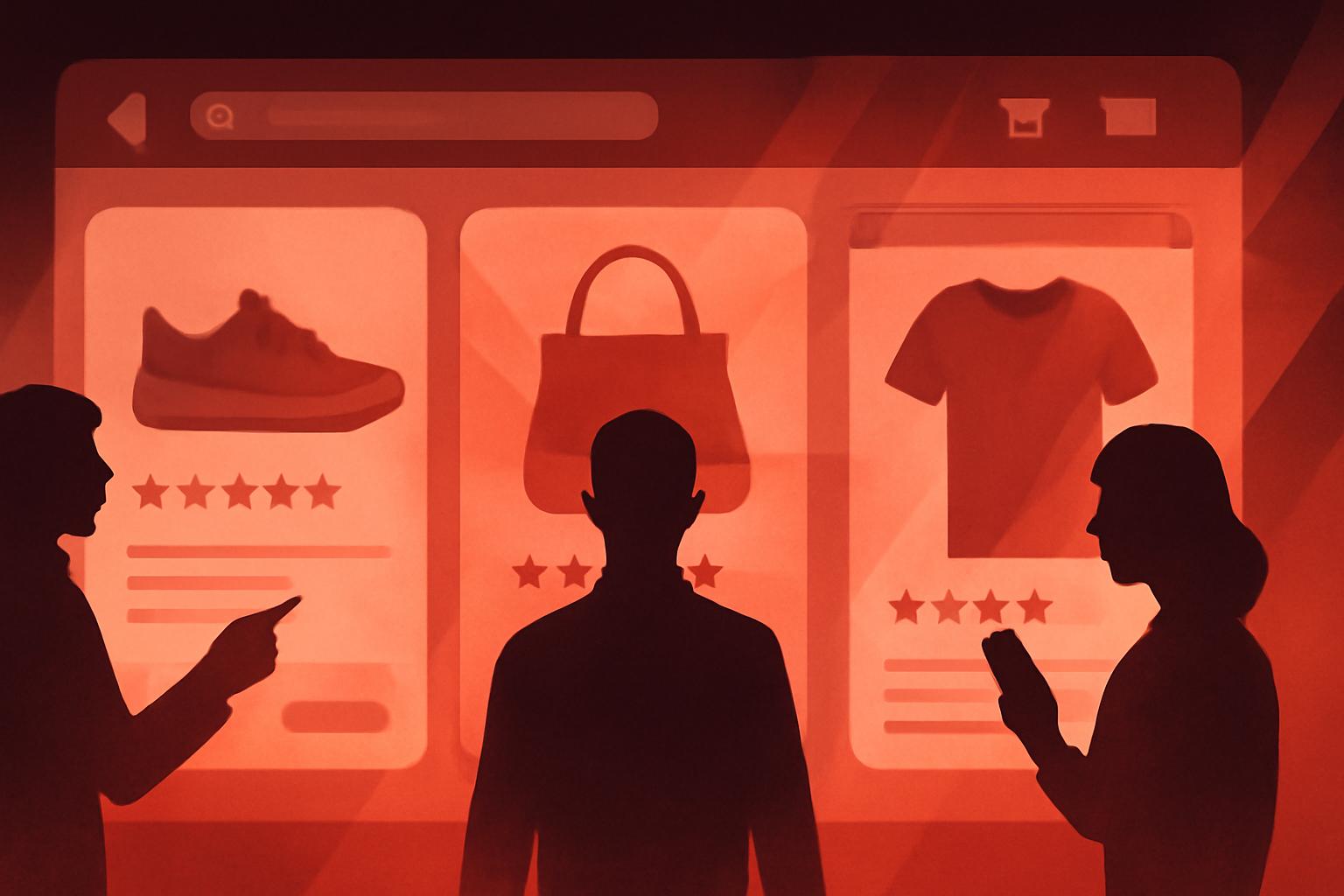Walmart Marketplace Under Scrutiny for Counterfeit and Fraudulent Sellers
When Mary May purchased her favorite Neuriva brain supplements from a third-party seller on Walmart’s online marketplace, she assumed the products were genuine. Instead, she received counterfeit items with misspelled labels and altered packaging. This experience underscores a growing problem on Walmart’s expanding digital platform, where counterfeit and scam sellers have proliferated amid rapid marketplace growth. Walmart’s online marketplace has become a critical growth engine, helping the retailer turn its U.S. e-commerce business profitable. However, this expansion has come with increased exposure to counterfeit goods and fraud, challenging consumer trust and safety.
Marketplace Growth Outpaces Vetting and Enforcement
Over the past five years, Walmart’s marketplace has exploded, with seller numbers growing by over 900%. Its U.S. marketplace revenue surged 45% and 37% in fiscal 2024 and 2025, respectively. This growth has positioned Walmart’s e-commerce as second only to Amazon in the U.S. However, this rapid scaling has coincided with a relaxation of seller vetting and product verification processes, as revealed by interviews with former Walmart employees and marketplace sellers. Pressure to onboard more sellers led to approving applications with minimal checks, increasing the risk of counterfeit and fraudulent listings.
“It got to a point where they were just like, ‘You know what? Just go ahead and approve everybody,’” said a former Walmart vetting team member. “They wanted that business, so they were willing to take a chance on it.”
Counterfeit Products and Stolen Business Identities
CNBC’s investigation found at least 43 third-party sellers on Walmart.com had registered using the identities of legitimate businesses without authorization. These impersonators sold counterfeit products, including health supplements and luxury beauty items, often at steep discounts. Laboratory tests confirmed that all 20 tested products purchased from these fraudulent sellers were counterfeit. The counterfeit goods pose significant health and safety risks, especially in categories like supplements and skincare where consumers ingest or apply the products.
“You can’t try to sell trust from aisle five and then let counterfeiters in online,” said Bob Barchiesi, president of the International Anti-Counterfeiting Coalition.
Victimized businesses reported receiving unwanted returns of counterfeit products and struggled for weeks to have fraudulent marketplace accounts removed. Some sellers impersonated large corporations, while others used small, local business identities, including a Chicago pizzeria and a California juice shop.
Seller Vetting: From Stringent to Lenient
Initially, Walmart maintained strict vetting standards, sometimes more rigorous than Amazon’s. However, as the pandemic accelerated online sales, the company prioritized growth, loosening requirements to onboard more sellers quickly. Former employees described how vetting teams were instructed to approve sellers based on minimal documentation such as phone numbers and business addresses, often foregoing inventory verification or business longevity checks. This lax approach contributed to the influx of counterfeit and fraudulent sellers. Some sellers confirmed that Walmart’s marketplace required less proof of inventory sourcing compared to Amazon, sometimes accepting invoices for a single product unit, increasing the risk of counterfeit goods entering the platform.
Consumer Impact and Trust Erosion
Consumers often trust Walmart’s brand implicitly, assuming products sold on Walmart.com are legitimate. Many were unaware they were purchasing from third-party sellers rather than Walmart itself, heightening risks when counterfeit or unsafe products are received. Negative reviews and customer complaints about counterfeit beauty and health products have surfaced, with some buyers experiencing adverse reactions. Walmart’s return policy allows refunds, but the presence of fakes undermines consumer confidence.
Recent Measures and Continuing Challenges
In response to the investigation and consumer concerns, Walmart announced enhanced vetting for sellers offering health and beauty products starting July 2025, requiring documentation proving legitimate sourcing or brand authorization. Despite these improvements, enforcement remains challenging due to the sheer volume of sellers and listings, as well as the dynamic tactics of counterfeiters.
Evolving Legal and Regulatory Landscape
Current U.S. law largely shields online marketplaces from liability for counterfeit products sold by third-party vendors, provided they act to remove infringing listings once notified. This immunity stems from a 2010 court ruling involving eBay. However, mounting legal challenges and proposed legislation like the Shop Safe Act seek to hold platforms more accountable by incentivizing stricter vetting and proactive measures. Walmart and other marketplaces have reportedly lobbied against some aspects of stricter regulation, though discussions continue as lawmakers push for improved consumer protections.
Competitive Dynamics: Walmart vs. Amazon and Others
Amazon, with a far larger seller base, has historically faced similar counterfeit challenges but has implemented more stringent seller vetting and enforcement mechanisms in recent years. Walmart’s more accommodating approach attracted sellers banned or restricted by Amazon, but also raised risks of counterfeit goods flooding its marketplace. Other retailers like Target maintain stricter seller controls, emphasizing trust as a competitive advantage.
FinOracleAI — Market View
Walmart’s rapid marketplace expansion has improved its e-commerce profitability and broadened product assortment, crucial for competing with Amazon. However, the company’s earlier lax vetting policies have allowed counterfeit and fraudulent sellers to undermine consumer trust and pose safety risks.
- Opportunities: Enhanced vetting and enforcement can restore trust, attract more legitimate sellers, and improve customer retention.
- Risks: Ongoing counterfeit sales risk regulatory penalties, litigation, and damaged brand reputation.
- Legislative changes increasing platform liability could impose higher compliance costs but also level the playing field.
- Competitive pressure from Amazon and Target incentivizes Walmart to balance growth with marketplace integrity.
Impact: Walmart’s marketplace growth is a double-edged sword—while fueling digital revenue gains, the proliferation of counterfeit goods highlights gaps in seller oversight. The company’s recent policy adjustments and engagement with anti-counterfeiting coalitions signal progress, but sustained focus on trust and safety will be critical to maintain consumer confidence and long-term market position.













